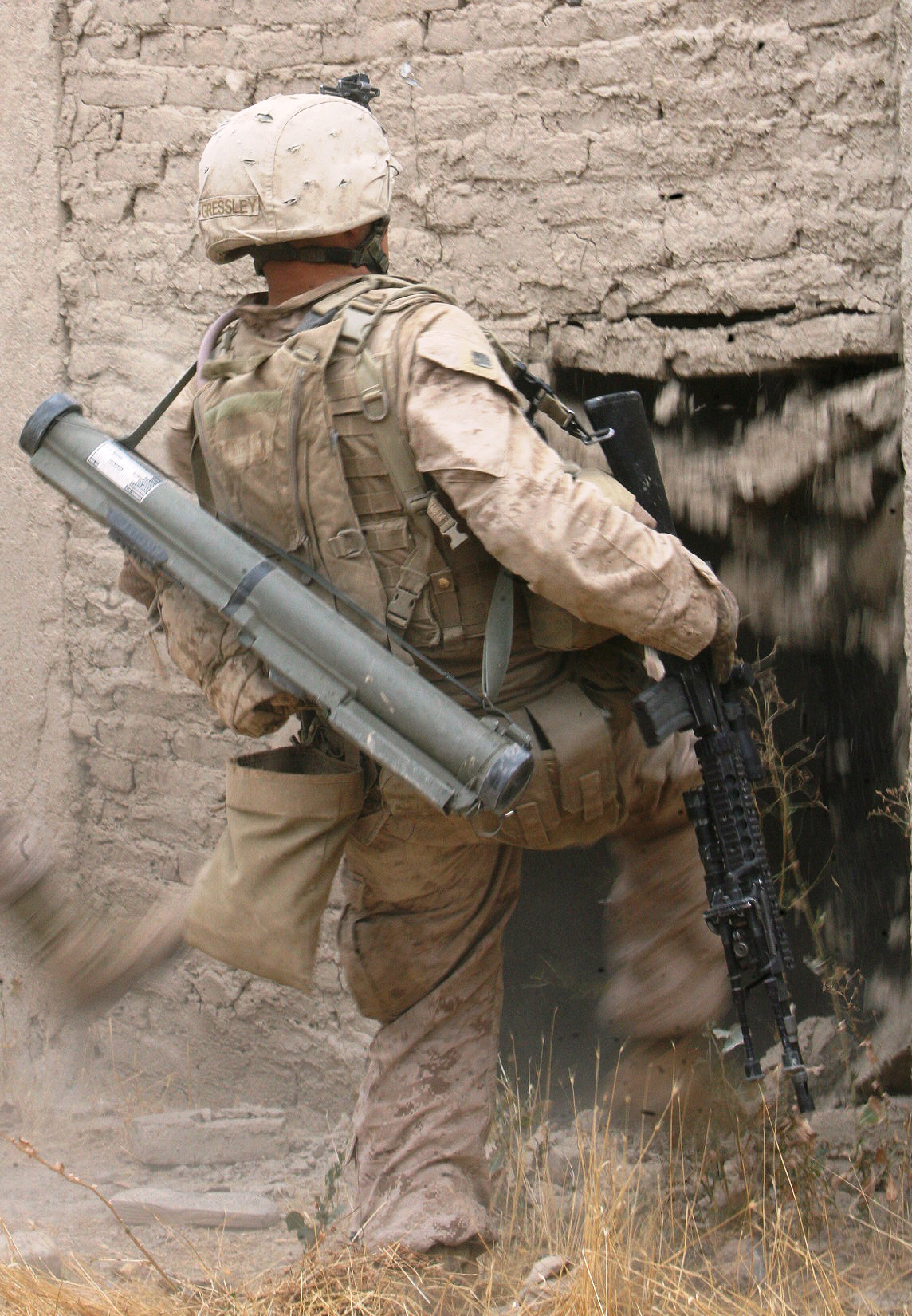The Department of Defense is getting tough with their “deploy or get out” policy and will begin separating troops who have been undeployable for over a year. Under the new policy, they’ll begin separating troops as early as October 1st.
The Defense Department is cracking down on the roughly 286,000 troops who are not healthy enough to go overseas.
New policy put out by Undersecretary of Defense for Personnel and Readiness Robert Wilkie on Feb. 14, could affect 13 to 14 percent of the military force.
“The situation we face today is really unlike anything we have faced, certainly in the post-World War II era,” Wilkie said during a Feb. 14, Senate Armed Services Personnel Subcommittee hearing. “If Mr. [Jeff] Bezos at Amazon walked into Christmas week and 14 percent of his workforce could not perform their duties then [it] would no longer be the largest company in the world,”
The new policy exempts pregnant and postpartum service members, but they are the only group getting a pass in the policy.
Troops who have been non-deployable for more than a year may obtain a waiver from the secretary of their military department to stay in the service.
The military may also begin separating a person from the service once a determination has been made that he or she will remain non-deployable for more than a year. The military does not have to wait the full year.
Medical boards will review the conditions of those who have been wounded.
Service members will be given disability or administrative separation.
DoD began exploring its options for non-deployable troops in July after Defense Secretary Jim Mattis made clear “every action [by DoD] will be designed to ensure our military is ready to fight today and in the future.”
Sgt. Maj. of the Army Daniel Dailey said in 2015 that non-deployable soldiers were the number one problem in the Army.
“If you will not or cannot fight and win, then there’s no place for you in the Army,” Dailey said. “We have to become unemotional about this. We have a job to do.”
About 100,000 soldiers are currently non-deployable and only 10 percent of the Army’s non-deployable soldiers will ever be fit to serve again.
The Army is fighting an obesity problem as well, with 10 percent of the force too overweight to deploy. For that, there is no excuse and those soldiers who fall into that category should be forced out. But combat wounded personnel should be given every opportunity to recover and return to the force if that is their wish.
To read the entire article from Federal News Radio, click here:
Photo courtesy Wikipedia
